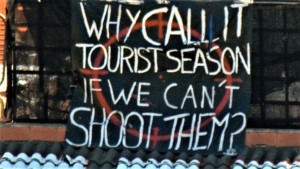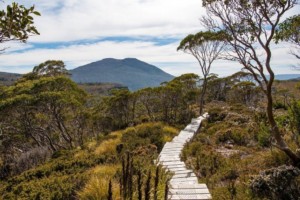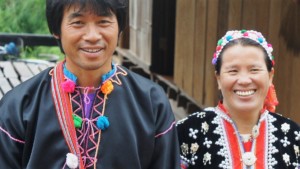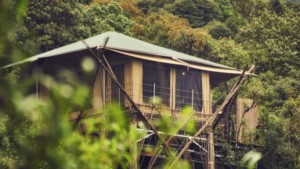Most want to do the right thing for sustainable tourism. What is it?
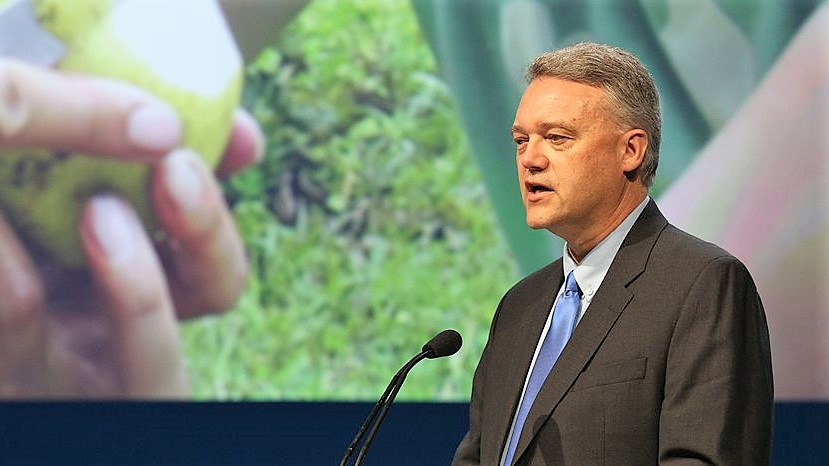
In two sentences the CEO of the Global Sustainable Tourism Council (GSTC) perfectly summed up the communications opportunity and challenge facing sustainability advocates.
“Most people want to do the right thing. They just need to know what the right thing is.”
Randy Durband said this during the theme-setting plenary session on the opening day of the 2019 GSTC Asia-Pacific Sustainable Tourism Conference, February 28.
The problem is that one person’s righteousness can sometimes be another person’s wickedness. More commonly, however, it is written off as “blah blah”.
Everyone competes in a marketplace of ideas around what’s right, what’s not, and whatever — where “whatever” is the complicating nuance that is all too often and all too easily dismissed by those who are committed to a belief. ^
GSTC’s mission is to encourage tourism destinations and industry stakeholders to do the right thing for sustainability’s sake, before the industry is compelled to by higher authority. This is why GSTC has developed standards for destinations and industry stakeholders that …
… are the guiding principles and minimum requirements that any tourism business or destination should aspire to reach in order to protect and sustain the world’s natural and cultural resources, while ensuring tourism meets its potential as a tool for conservation and poverty alleviation.
To GSTC’s great credit, the GSTC Criteria are available online for all to see for free. Are there any better sustainable tourism standards or criteria? Serious question. RSVP in the comments below.
At the end of the theme-setting session at #GSTC2019Asia, Mr Durband acknowledged that sustainable tourism was a journey, not a destination nor a tangible thing.
“No-one is truly sustainable,” he said. “We can all improve.”
The snack boxes distributed to delegates on a post-conference tour two days later were perfect proof of Mr Durband’s point. Among a host of problems with the boxes were individually plastic-wrapped paper napkins. After a sustainable tourism conference?
Mr Durband summed up the theme-setting session by suggesting that we should all celebrate the little victories along the journey of — not “to” — sustainable tourism.
Joining the GSTC CEO on stage for the session were three panelists, each representing a #GSTC2019Asia theme or track:
- Natalie Kidd, Managing Director, PEAK DMC — Smart Destination Management. Destination managers are increasingly applying new technologies to assist them. “Smart Destinations” refers to data-driven decision-making and management.
- Lee Poston, Communications Director, WWF Mekong — Tourism Protecting Wildlife. The business of travel can either provide protection to wildlife by creating economic incentives for residents and governments to enforce protection laws, or it can cause much harm to wildlife. Awareness-raising is key.
- Dr Chuwit Mitrchob, Deputy Director-General, DASTA — Quality Tourism: Delivering Sustainable Quality Experiences. How the public and private sectors can cooperate to offer visitors a more sustainable and responsible product.
What’s smart?
Ms Kidd reminded delegates that consumers were spending more on experiences, including travel, and less on things. They were looking for “authenticity”.
In developing and marketing authentic travel experiences, Ms Kidd believes in CSV (creating shared value) for all stakeholders, particularly those within the host community.
However, success begets growth and managing growth was the primary challenge. Growth risks undermining the authenticity of a place, its experiences, the perceived value attached to those experiences, and therefore the sustainability of the tourism product.
“Stay agile, keep adapting, keep learning,” Ms Kidd advised.
“Your clients trust you.” Can wildlife?
On tourism helping to protect wildlife, Mr Poston was optimistic. While there is still significant ignorance around the international trade in shark fins and tiger products and rhino products and elephant products, including ivory, and pangolin products, and plastic’s perniciousness et cetera, awareness was increasing.
Tourism is one of the most critical ways WWF can reach people, he said.
Mr Poston pointed to awareness-raising by WWF with the support of the tourism industry that had already shown encouraging results. Recent WWF campaigns leveraging social media and celebrity had helped raise awareness of the illegal ivory trade in Thailand. They had also improved attitudes among visitors from China.
“Your clients trust you,” he said. “That’s why we believe in working in partnership with the tourism industry.”
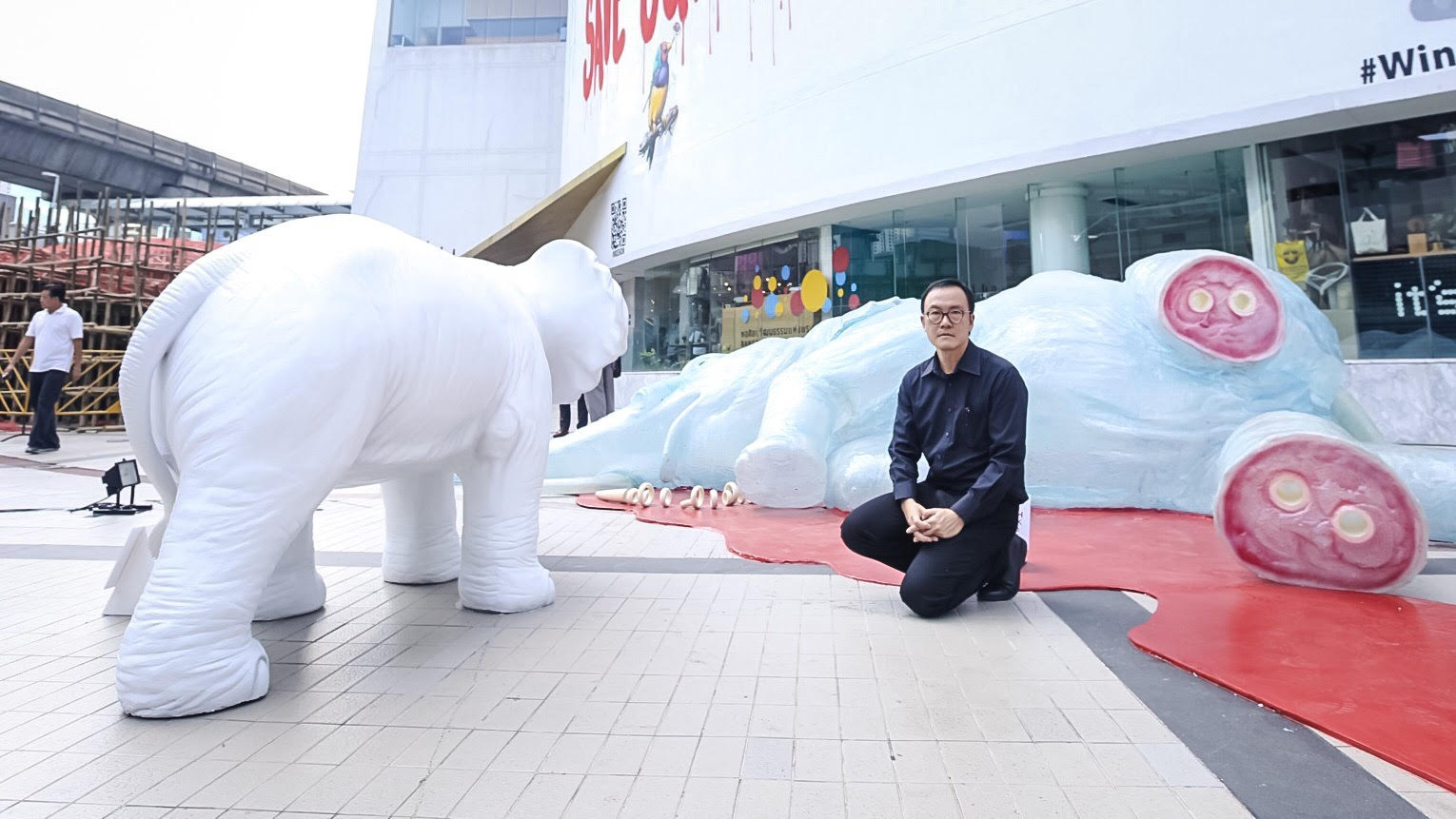
Wasinburee Supanichvoraparch, ceramic designer and creator of the mother and baby African elephant resin sculpture outside the Bangkok Art & Culture Center (BACC) © WWF-Thailand
Communicate to elevate
Dr Chuwit said the quality of a tourism product starts from the quality of planning, which in turn starts from quality of communications.
He vowed that DASTA would educate more and more stakeholders internally to ensure quality communications.
Featured image: Global Sustainable Tourism Council (GSTC) CEO Randy Durband. Image by World Travel & Tourism Council (CC BY 2.0) via Wikimedia.
^ It is a mission of this website to reflect the tourism industry’s marketplace of ideas, including the “whatever” — to provide a platform upon which tourism industry people can share their passions, experiences, knowledge, and insights in-depth.
Think of “GT” as an always-on industry conference whose theme is “Good Tourism” — whatever that means to you — a conference in which every presentation of an idea has unlimited scope for Q&A and further discussion; where every presentation of an idea has no time limit; and where there are no taboos nor censorship (within reason).


